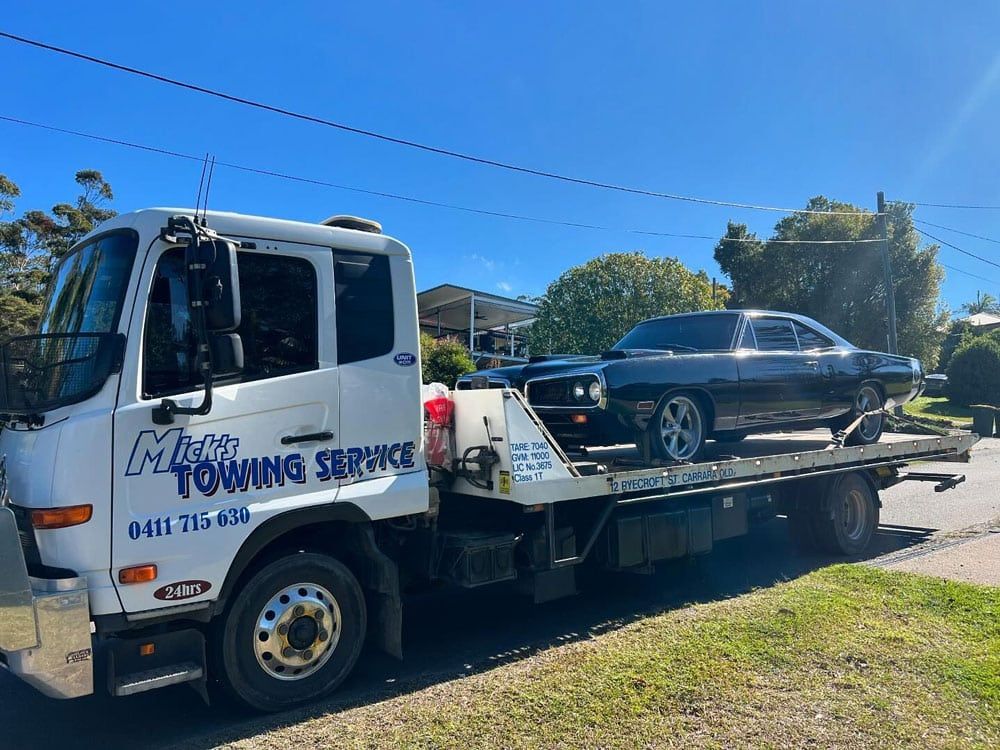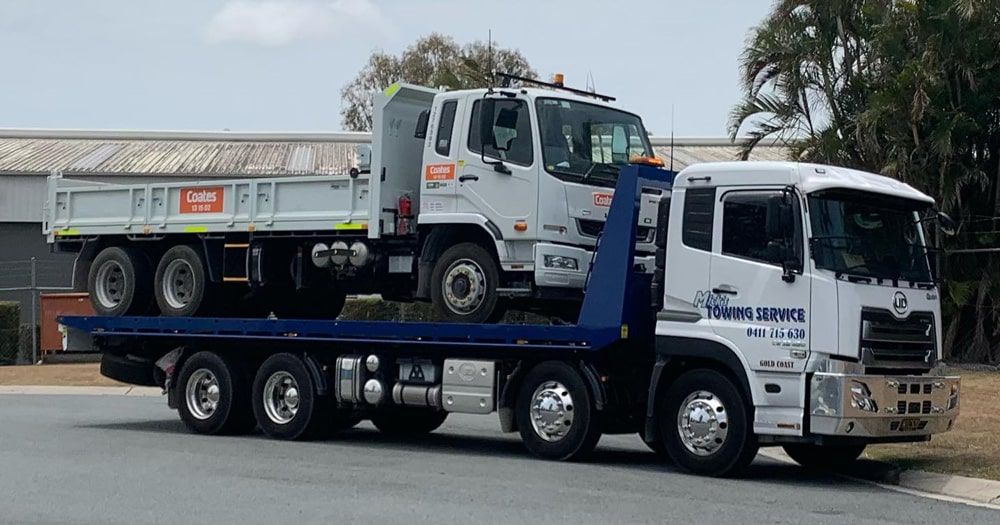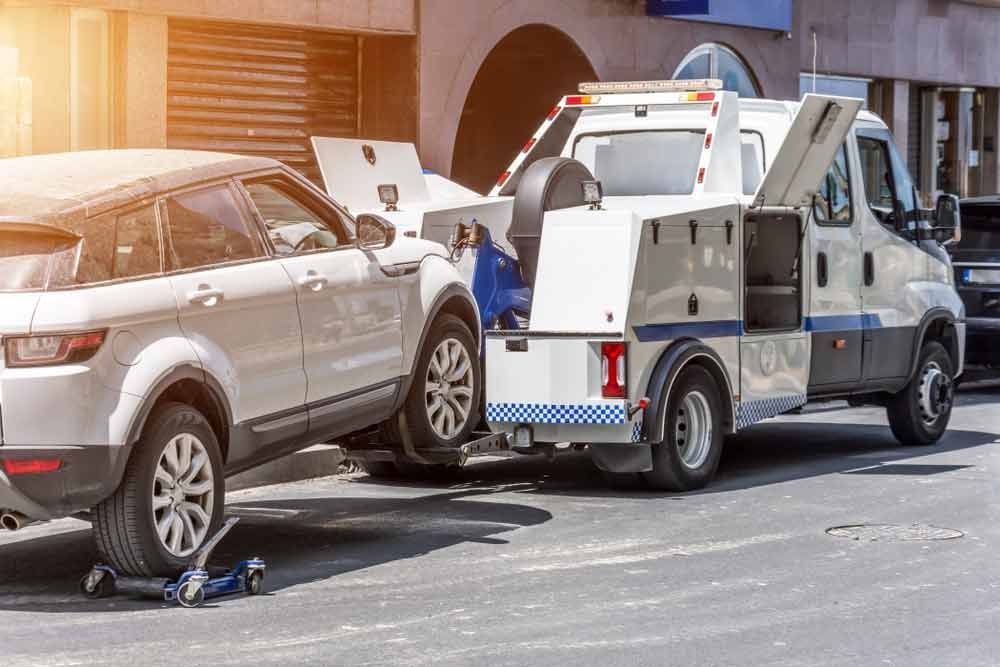The Science Behind Vehicle Recovery Towing Techniques
Vehicle recovery towing is an essential service that often goes unnoticed until it’s needed. Understanding the intricate process behind it can provide insights into how professionals manage to retrieve vehicles safely and efficiently. In this blog, we’ll explore the science and techniques involved in vehicle recovery, breaking down the steps and scientific principles that ensure successful recoveries.
The Mechanics Of Vehicle Recovery
Vehicle recovery isn’t just about using brute force; it’s about understanding and applying mechanical principles effectively. The recovery team needs to calculate the best angles and leverage to safely extract a vehicle, ensuring they don’t cause further damage.
By planning each step and understanding how each pull affects the vehicle, the team can strategically use equipment to safely move the vehicle without compromising its structure or the safety of the team.
The Science Of Load Distribution
Understanding load distribution is crucial in vehicle recovery, as it ensures that the forces applied during the recovery process are balanced and controlled. Let’s explore how the scientific principles of load distribution contribute to effective vehicle recovery.
Weight Distribution
- Centre of Gravity: Identifying the vehicle’s centre of gravity is essential for planning the recovery. Knowing how the weight is distributed helps in applying force in the right direction to avoid tipping or rolling.
- Balanced Forces: Applying force evenly across the vehicle prevents stress concentration in one area, reducing the risk of structural damage.
Calculating Load
- Load Capacity: Knowing the load capacity of the recovery equipment is vital. Overloading can lead to equipment failure, posing risks to both the vehicle and the recovery team.
- Force Directions: Calculating the directions of the forces used helps understand how the weight is spread across the vehicle, allowing for real-time adjustments to ensure the best recovery.
By applying these scientific principles, recovery teams ensure that the forces involved in vehicle recovery are managed effectively. This enhances the safety and efficiency of the operation and minimises the risk of further damage to the vehicle.
Detailed Steps In Recovery Operations
Each step is crucial to ensure the safe and efficient retrieval of a vehicle from any challenging situation.
Assessing The Situation
The first step in any recovery operation is to assess the situation. This involves evaluating the vehicle’s position, the surrounding terrain and any potential hazards. The recovery team will determine the best approach to extract the vehicle without causing further damage.
Preparing The Equipment
Once the situation is assessed, the necessary equipment is prepared. This includes selecting the appropriate tow truck and other equipment. Ensuring all equipment is in good working condition is essential to avoid any complications during the recovery process.
Securing The Vehicle
Securing the vehicle involves attaching the recovery equipment to sturdy points on the vehicle. This step requires precision to prevent any damage to the vehicle’s structure during the towing process.
Executing The Recovery
The actual recovery involves carefully winching or towing the vehicle out of its predicament. This step demands skill and control to manage the vehicle’s movement, especially in challenging terrains like mud, sand or steep inclines.
Post-Recovery Inspection
After the vehicle is successfully recovered, a thorough inspection is conducted to assess any damage and ensure the vehicle is safe for transportation. This final step ensures that the recovery operation has not compromised the vehicle’s integrity.
Looking For A Reliable Tow Truck Near You?
If you ever find yourself stranded on the road and need cheap towing on the Gold Coast, contact our team at Mick’s Towing Service. With 34 years of experience, we can handle various situations, ensuring your vehicle is retrieved safely. We are available 24/7 to discuss your needs.

















